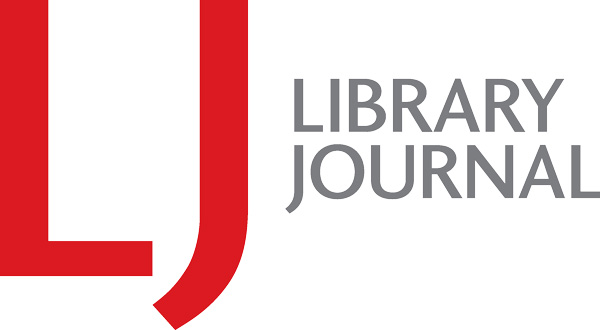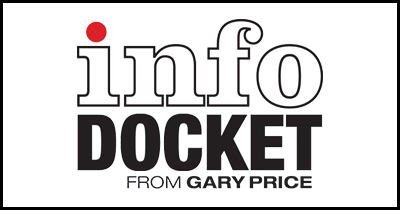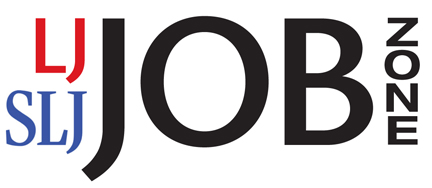NISO Launches New Initiative to Develop Standard for Open Access Metadata and Indicators
From a National Information of Standards Organization (NISO) Announcement:
The National Information Standards Organization (NISO) voting members have approved a new project to develop standardized bibliographic metadata and visual indicators to describe the accessibility of journal articles as well as potentially describe how “open” the item is. Many offerings are available from publishers under the banner of Open Access (OA), Increased Access, Public Access, or other descriptions; the terms offered vary between publishers and, in some cases, based on the funding organization of the author. Adding to the potential confusion, a number of publishers also offer hybrid options in which some articles are “open” while the rest of the journal’s content are available only by subscription or license. No standardized bibliographic metadata currently provides information on whether a specific article is freely readable and what re-use rights might be available to readers. Visual indicators or icons indicating the openness of an article are inconsistent in both design and use across publishers or even across journals from the same publisher.
“The NISO OA metadata and indicator project would complement other related efforts currently underway,” states Nettie Lagace, NISO’s Associate Director for Programs. “Such projects include CrossMark, CrossRef’s update identification service; How Open Is It?, a guide developed by PLoS, SPARC, and OASPA; Vocabularies for OA (V40A), a JISC/UKOLN project; ONIX-PL, a specification for communicating licensing terms developed by EDItEUR; the Linked Content Coalition; and NISO’s Open Discovery Initiative. Coordination and communication with these projects will be an important aspect of the NISO working group’s efforts.”
“The benefits of having standardized OA metadata and indicators should have a positive impact on many participants in the scholarly communications chain,” explains Todd Carpenter, NISO’s Executive Director. “Funders who have implemented OA mandates would have a mechanism to determine if a specific article or researcher is compliant with their policies. Publishers of hybrid journals would benefit by having a simple mechanism for signaling the OA status of the articles published under that model. Authors could more easily determine whether their selected distribution option is being respected and be able to document their compliance with funder requirements. Readers could more easily ascertain from search results if they can read an article for free or fee—and more easily adhere to the terms that publishers have established. Aggregators and discovery service providers would have an improved mechanism of programmatically collecting and surfacing OA articles that are available in the community.”
The project launched by NISO will focus initially on metadata elements that describe the readership rights associated with an OA article. Specifically, the NISO Working Group will determine the optimal mechanisms to describe and transmit the right, if any, an arbitrary user has to access a specific article from any internet connection point. Recommendations will include a means for distribution and aggregation of this metadata in machine-readable form. The group will also consider the feasibility of incorporating information on re-use rights and the feasibility of reaching agreement on transmission of that data.
Note: On February 11, 2013 NISO Will Hold an Open Teleconference About Open Access Indicators
Details and call-in number available on this page.
Filed under: Companies (Publishers/Vendors), Data Files, Funding, Journal Articles, News, Open Access, PLOS, Publishing, Scholarly Communications
About Gary Price
Gary Price (gprice@gmail.com) is a librarian, writer, consultant, and frequent conference speaker based in the Washington D.C. metro area. He earned his MLIS degree from Wayne State University in Detroit. Price has won several awards including the SLA Innovations in Technology Award and Alumnus of the Year from the Wayne St. University Library and Information Science Program. From 2006-2009 he was Director of Online Information Services at Ask.com.


